- Articles ›
- Human Resources ›
- Globalization: Is Labor Market falling behind the Global Consumer Market Articles
Globalization: Is Labor Market falling behind the Global Consumer Market
Human Resource Management refers to the activities an organization carries out to use its human resources effectively
◦ Four major tasks of HRM
◦ Staffing policy
◦ Management training and development
◦ Performance appraisal
◦ Compensation policy

International Human Resource Management :
Strategic role: HRM policies should be congruent with the firm’s strategy and it’s formal and informal structure and controls
Right People, Right Place, Right Time
Basic Steps in International HRM :

International businesses have choices of hiring three categories of employees :
◦PCNs – Parent Country nationals
The employees working in the country of the company belonging to some other countries.
◦HCNs- Host country Nationals
Employees of same country where the company belongs to.
◦TCNs- Third country Nationals
Employees working in a country other than their home country with the headquarters of the company in some third country.
Strategy, Structure and Control systems :
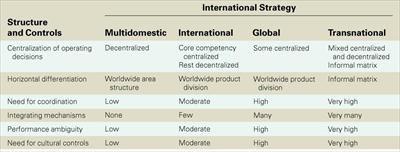
Staffing policy :
- Staffing policy
- Selecting individuals with requisite skills to do a particular job
- Tool for developing and promoting corporate culture
- View People as Resource ($in profit out)
Ethnocentric policy ;
Key management positions filled by parent-country nationals
Advantages:
◦ Overcomes lack of qualified managers in host nation
◦ Unified culture
◦ Helps transfer core competencies (and skills back)
Disadvantages:
◦ Produces resentment in host country
◦ Can lead to cultural myopia
Polycentric policy :
Host-country nationals manage subsidiaries
Advantages:
◦ Alleviates cultural myopia.
◦ Inexpensive to implement
◦ Helps transfer core competencies
Disadvantages:
◦ Limits opportunity to gain experience of host-country nationals outside their own country.
◦ Can create gap between home-and host-country operations
Geocentric policy :
Seek best people, regardless of nationality
◦ not always possible
Best suited to Global and trans-national businesses
Advantages:
◦ Enables the firm to make best use of its human resources
◦ Equips executives to work in a number of cultures
Disadvantages:
◦ National immigration policies may limit implementation
◦ Expensive to implement due to training and relocation
◦ Compensation structure can be a problem.
Comparison of staffing approaches :
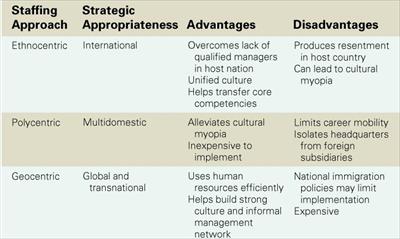
The Expatriate problem :
Expatriate: citizens of one country working in another
◦ Expatriate failure: premature return of the expatriate manager to his/her home country
◦ Cost of failure is high: estimate = 3X the expatriate’s annual salary plus the cost of relocation (impacted by currency exchange rates and assignment location)
Inpatriates: expatriates who are citizens of a foreign country working in the home country of their multinational employer
Expatriate failure rates :

Reasons for Expatriate failure :
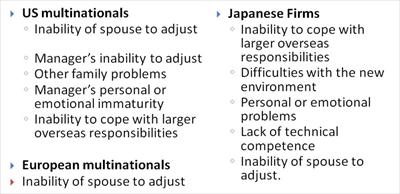
Expatriate selection :
◦ Reduce expatriate failure rates by improving selection procedures
◦ An executive’s domestic performance does not (necessarily) equate his/her overseas performance potential
◦ Employees need to be selected not solely on technical expertise but also on cross-cultural fluency.
Four attributes that predict success :
◦ Self-Orientation
◦ Possessing high self-esteem, self-confidence and mental well-being
◦ Perceptual Ability
◦ The ability to understand why people of other countries behave the way they do
◦ Being nonjudgmental and being flexible in management style
◦ Cultural Toughness
◦ Relationship between country of assignment and the expatriate’s adjustment to it.
Training and Management Development :
Training: Obtaining skills for a particular foreign posting
◦ Cultural training : Seeks to foster an appreciation of the host-country’s culture
◦ Language training : Can improve expatriate’s effectiveness, aids in relating more easily to foreign culture and fosters a better firm image.
◦ Development: Broader concept involving developing manager’s skills over his or her career with the firm
◦ Several foreign postings over a number of years
◦ Attend management education programs at regular intervals
Repatriation of Expatriates :
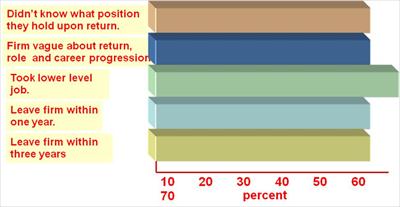
Management Development & Strategy :
Development programs designed to increase the overall skill levels of managers through:
◦ On going management education
◦ Rotation of managers through a number of jobs within the firm to give broad range of experiences
Used as a strategic tool to build a strong unifying culture and informal management network
Above techniques support transnational and global strategies
Performance appraisal :
Problems : Unintentional bias
Host-nation biased by cultural frame of reference
Home-country biased by distance and lack of experience working abroad
Expatriate managers believe that headquarters unfairly evaluates and under appreciates them
Compensation :
Two issues:
◦ Pay executives in different countries according to the standards in each country?
or
Equalize pay on a global basis?
◦ Method of payment
Compensation for 4 positions in 26 countries :
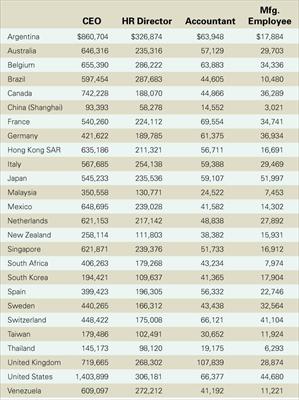
National differences in Corporate-Compensation :
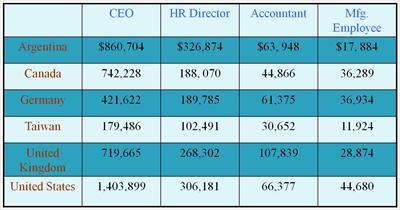
National differences in CEO pay for Midsized Companies :
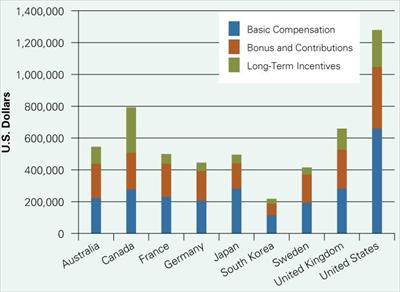
Compensation issues :
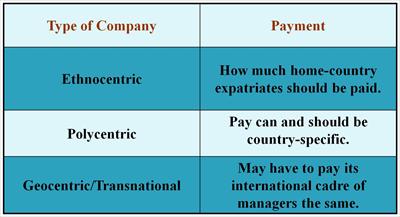
Expatriate pay
Typically use balance sheet approach
◦ Equalizes purchasing power to maintain same standard of living across countries
◦ Provides financial incentives to offset qualitative differences between assignment locations.
.
Components of Expatriate pay :
◦Base Salary : Same range as a similar position in the home country
◦Foreign service premium : Extra pay for work outside country of origin
The Balance Sheet :
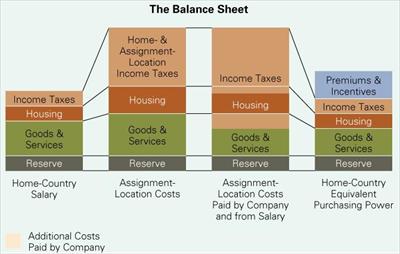
Some Theories of the Labour Market :
- The Cost of Labour varies inversely to the Unemployment Rate and directly to the Quality of Labour.
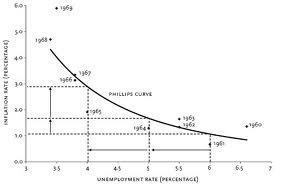
Data on hourly wages in USA
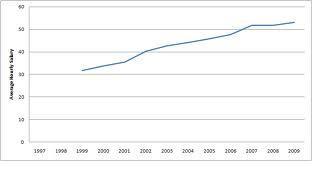
Data on hourly wages in Europe
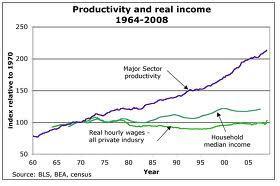
Data on hourly wages in Japan
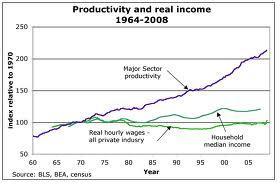
Section 2 : Industrial and Business Policies
Introduction
Industrial Relations:IR is concerned with the relationship between management & workers and the role of regulatory mechanism in resolving any industrial dispute through:-

Importance of IR
Key Approaches to Industrial Relations:
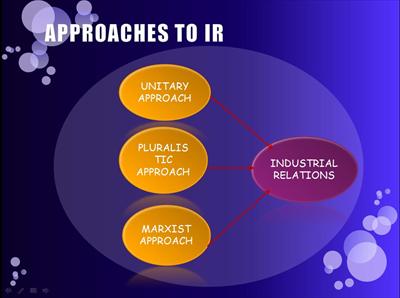
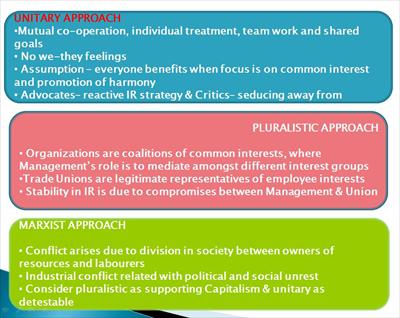
3 Major Parties to Industrial Relation
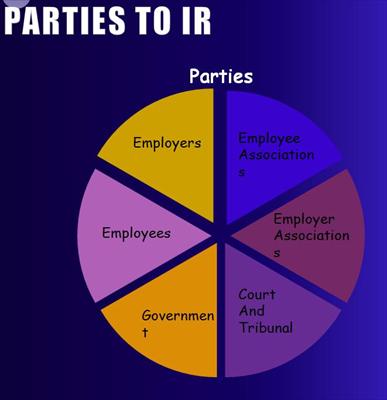
Workers and their associations:
The personal characteristics of workers, their culture, educational attainments, qualifications, skills, attitude towards work, etc. play an important role in industrial relations. It is also called Trade Union
IR Strategy :
It is necessary to have an unambiguous strategy for IR .Generally employer- employee relations are usually presumed to be satisfactory until they get out of hand, managers, rarely, feel the need to act before the trouble breaks out.
Internal Factors :
- Attitudes between management ,employee and unions.
- using absolute authority management enforce decisions to the employee and unions.
- Difference in opinion between management and union.
- Present and future strength of the unions.
- Technological changes, expanding and running down also affect the employment and opportunities .
External Factors :
- Authority and Effectiveness of the employers association.
- To carried out bargaining at national, local or plant level.
- Employment and pay situation –Nationally and locally.
- Legal frame work with in which IR exists.
Role of HRM :
- To keep the workforce motivated, competent and trouble-free.
- Ensure better recruitment and hiring, induction, training and development, safety and health, remuneration, welfare etc.
- Contribute to the quality of work life (QWL) of the employees.
Trade Union :
- In India as per Trade Unions Act, 1926, Trade Unions are voluntary organisations of workers or employers formed to promote and protect their interests through collective action.
- To regulate among workmen, between workmen and employers or among employers themselves.
Reasons for joining unions :
DISSATISFACTION
◦ Unsatisfied personalities, interests and preferences.
◦ Unrealistic job previews given creating expectations
◦ Poor day-to-day management and supervisory practices
LACK OF POWER
◦ Instrument to influence the management
UNION INSTRUMENTALITY
◦ Instrument of removing dissatisfaction
Strategic Choices before Unions :
- Bread and Butter vs Political Objectives : Economic issues and Political participation
- Adversarial vs Co-operative Role : Challenge Management or Co-operate with management
- Traditional Issues vs New Services : Stick to old issues or accommodate changes in social attitude.
Union Tactics :
STRIKE
◦ Temporary suspension of funtions
POLITICAL PATRONAGE
◦ Making recognition and patronage to a political party for direction and influencing government
BLACKMAIL
◦ Threat of discontinuing operations and non-cooperation with the management.
Trends in Trade Union Movement :
- Change in attitude of union towards management, industry, and government
- Depoliticisation of unions taking place
- Formation of union on basis of religion and caste
- Associations are highly fragmented thus multiplicity of unions
- Phenomenon of outside leadership
Personnel Research
Range of research areas include:
- Wage surveys : They reveal the level of employee satisfaction among other factors.
- Effectiveness of various recruitment sources
- Test validation : In a dynamic labor market, tests tend to get outdated frequently, so validating is imperative before applying any test.
- Effectiveness of training efforts : Essential for ensuring efficiency in employee perforrmance
- Supervisor’s effectiveness survey : Another key factor in deciding employee satisfaction.
- Job analysis : Specific approaches such as result oriented, contextual or potential based approach need to be adopted as per the specific work environment.
- Performance appraisal validation : Most critical aspect of any modern Performance Management System
- Turnover analysis : Reveals the success or failure of the Industrial relation policy.
This article has been authored by Sayantan Banerjee from PGDM IMT
Views expressed in the article are personal. The articles are for educational & academic purpose only, and have been uploaded by the MBA Skool Team.
If you are interested in writing articles for us, Submit Here
Share this Page on:
What is MBA Skool?About Us
MBA Skool is a Knowledge Resource for Management Students, Aspirants & Professionals.
Business Courses
Quizzes & Skills
Quizzes test your expertise in business and Skill tests evaluate your management traits
All Business Sections
Write for Us